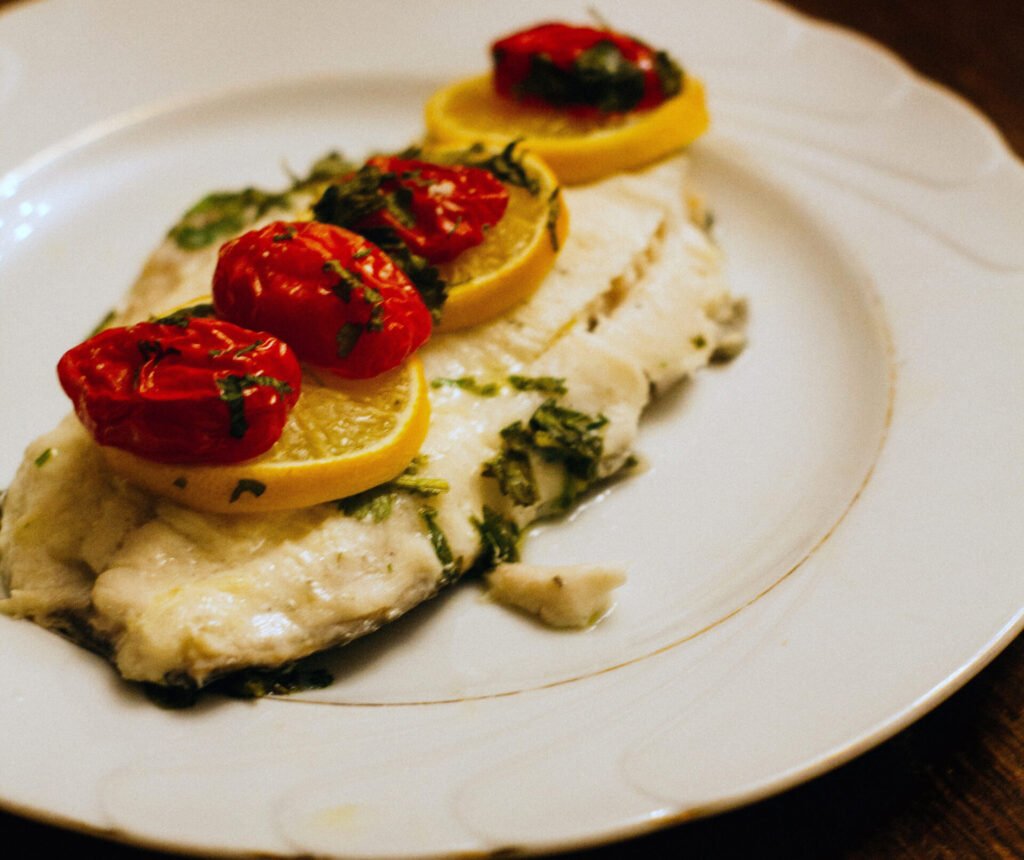Catching And Cooking Flounder
With an unusual physiology, a successful catch requires getting Flounder to the boat fast

Catching Flounder

Size and weight: Flounder are not large fish. Size spans from 6” to 17”, and weight can range from .5 lbs. to 2 lbs.
General Info
Flounder are bottom-feeders with soft mouths, known for laying on their side. Flounder requires a touch and feel to catch. Anglers need to get Flounder to the boat quickly, or the catch can be lost. Their digestion and metabolism is different than other fish.
When/Where
Time of year: Active year-round in the Tampa Bay.
Location: Look at the bottom of sandy areas.
Time of Tide: Early morning and late afternoon.
How
Bait: Live shrimp.
Method: Reel and rod, appropriate tackle.
Cooking Flounder

Drink Pairings

Drinks: No beer, sweet whites, bourbon beforehand
Flavor
Deliciousness: 10 out of 10.
Flavor: Wet fish. Lingering taste that’s not fishy.
Cleaning
Strike (knife) behind the head, down backbone, and removing all skin.
De-gutting: De-gutting is not necessary if you are cutting fillets – simply cut around the fish guts.
De-blooding: Spanish Mackerel, Redfish, Grouper and Sharks are typically de-blooded.
De-veining: Is recommended for larger fish, including Spanish Mackerel, Redfish, and Sharks.
Cooking
Methods: Bake only. Can be pan sautéed, but high heat from sautéing or lots of seasoning will overpower the texture and flavor.
Dishes: Dishes that call for a baked fish entrée.
Traditions: Cajun, upscale or plain.
Suggested Dishes
Use butter while cooking. Lemon, garlic, garlic salt, garlic powder.
Alternately, tomato and basil.
Sides can include mashed potatoes, cheese pasta, steamed vegetables including asparagus or arugula salad; lemon rice, ratatouille; sautéed beans with onions.
Cooking Fish, Generally
Traditions: Plain, Upscale, Southern, Creole, Cajun, Western, Southwestern
Cooking Methods
Sautéed (blackened): use a high-temperature oil with minimal flavor. Avocado, grapeseed, linseed, sunflower, safflower.
Deep Frying: use similar oil to sautéed, but more of it.
Baking: Method 1: Use tinfoil and leave open. Seasoning is household seasonings. Lemon pepper and garlic. When fish is done, you’d use lemon juice and butter. Don’t add butter before the fish is cooked. Method 2: same but close foil.
Grilling: if you want more flaky entrée, low heat. Maybe 10 minutes, both sides. Heavier texture, use a higher temperature.
Dish Descriptions
Entrée: Many people prefer blackened, filet skin on one side and leave skin on the other.
Fish tacos: Require fileting both sides. Cube, deep fry in a batter.
Fish soup or stew: Reheats well. A common cioppino or Cajun recipe will suffice.
Fish salad. Deep fry to keep together, into a crisp. Cover meat halfway full with oil. Cook in a cast iron skillet. Use a Caesar dressing.
Sides: Sweet potato, baked potato, potato wedges, brown rice, hush puppies
Vegetables: Asparagus, broccoli, salad, sliced tomatoes and avocado, string beans, seasoned collards, okra
Appetizers: Ceviche dip and fish cakes.

